Why you can trust TechRadar
Sony Xperia XZ1 battery life
- A full day of use from a single charge is possible
- But a nightly recharge is a must
- And gaming/extended use will require a top-up before bed
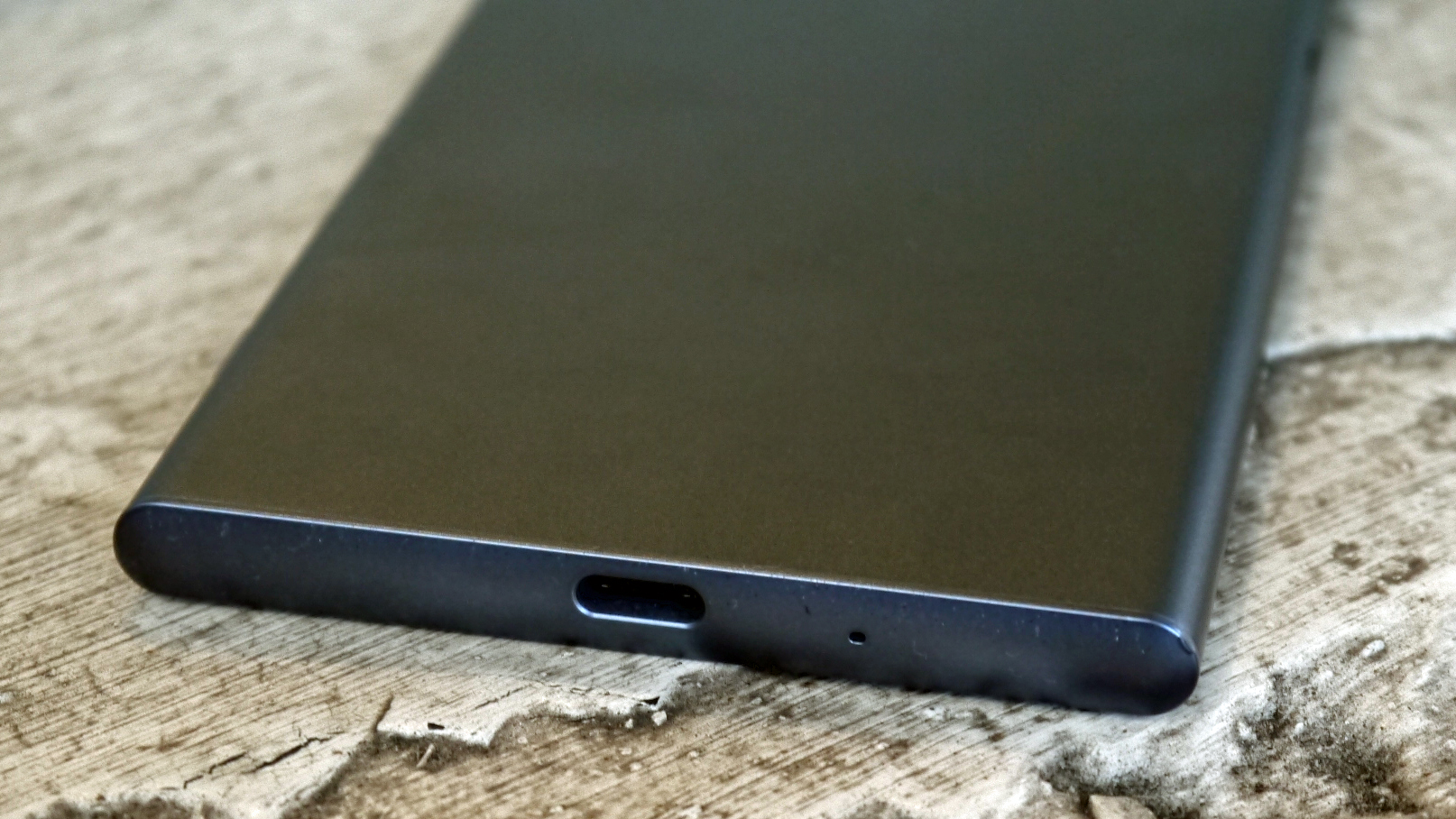
The Sony Xperia XZ1 battery is reduced in size from the one in the Xperia XZ – you get a 2,700mAh power pack under the hood.
While we’re never fans of seeing battery size reduced, the Xperia XZ1 runs the Snapdragon 835 chipset, which is more power-efficient than its predecessor. Considering the phone only has a 1080p, screen it doesn’t need as much juice as rivals with QHD displays.
Sony says users can still expect all-day battery life from the XZ1, and for the most part we’d agree. A nightly recharge is essential though – this isn’t a handset that’ll see out a day and a half or more from a single charge.
We tended to take the XZ1 off charge at 7am, with around three hours of Spotify and podcast streaming, a healthy dose of WhatsApp, emails and social media, and a handful of calls keeping us busy during a typical day.
This meant we usually left the office with around 30% in the tank, with the battery icon turning red mid-evening, and the XZ1 gasping for breath by around 11pm when we plugged it back in.
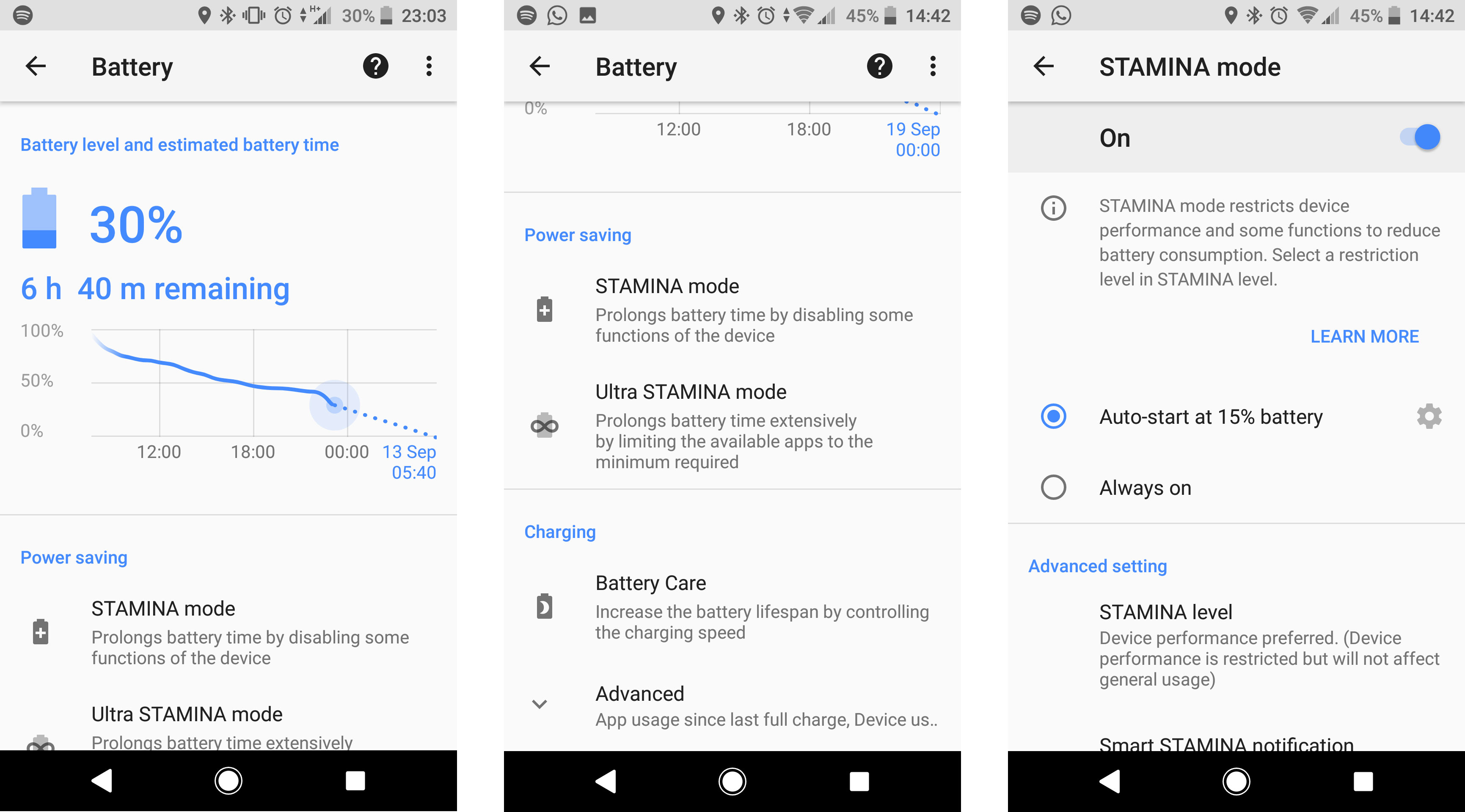
Sadly, one full day of battery life is about all we’ve come to expect from modern smartphones, so in this respect the Xperia XZ1 doesn’t lag behind the competition. The situation hasn't improved much since this phone launched.
High-intensity tasks such as gaming and HDR video playback will drain the battery quicker, and if you’re partial to either of these activities you’ll want to carry a charger with you.
The Xperia XZ1 does its best to warn you about your power consumption though, via Sony’s Smart Stamina mode.
This will notify you if a particular application is using a lot of power in the background, and it learns your normal usage to predict your day’s consumption, and will suggest when you should activate Stamina mode to help you eke out as much battery life as possible.
It’s nice to have, and it does genuinely work – it allowed us to make the most of our last 15% of battery life, although it reduces performance and background activity in order to achieve this.
When it comes to topping the XZ1 up, the good news is that it supports Quick Charge 3.0, which gives you almost 50% charge after 30 minutes, making it easy to fill up before heading out the door for the night.
Sony Xperia XZ1 camera
- 19MP rear-facing camera is same as on Xperia XZ Premium
- Good in daylight and up close, struggles in low light
- Can record impressive 960fps slow-mo footage and 4K video
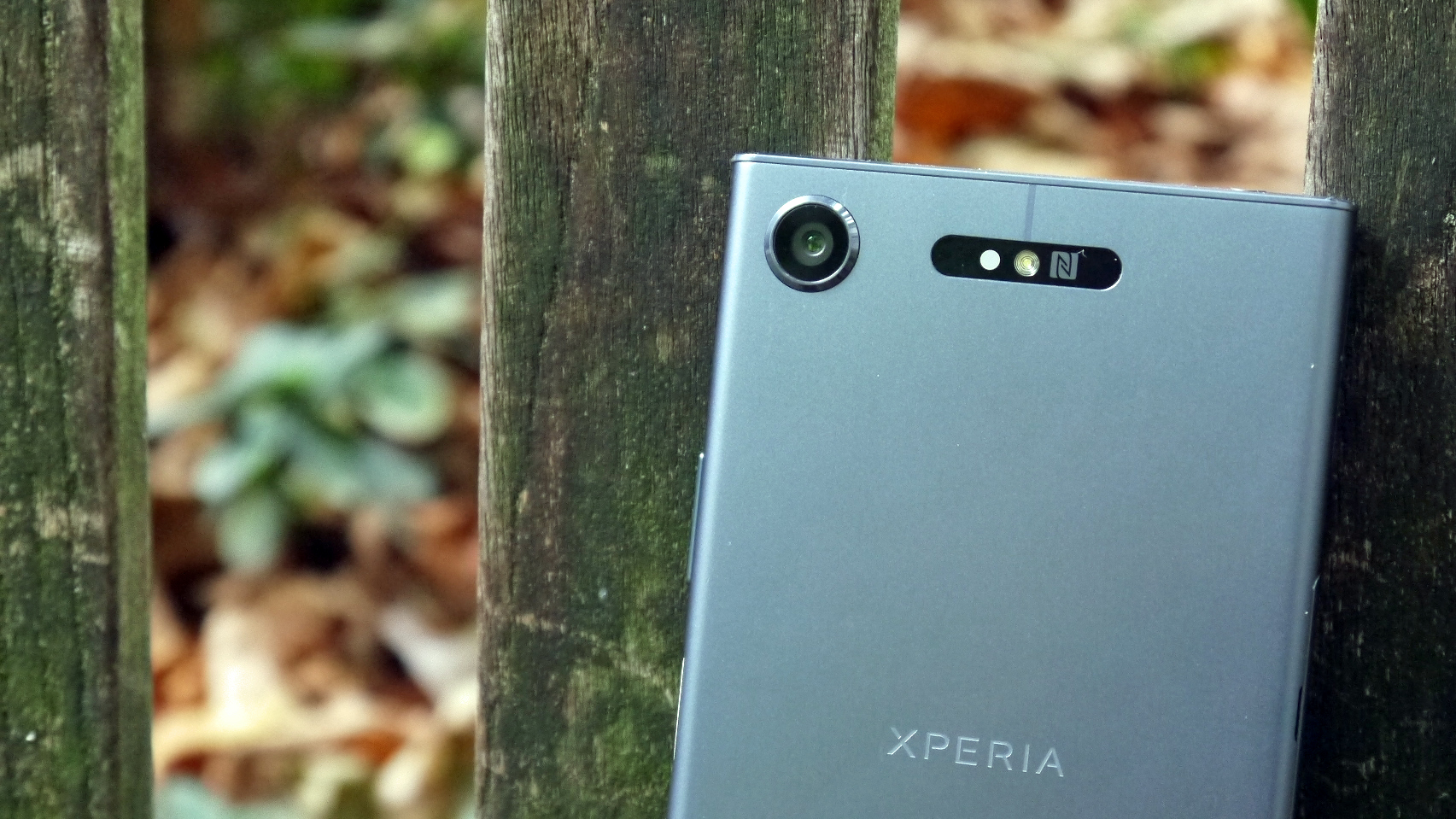
The 19MP Exmor RS rear-facing camera on the Sony Xperia XZ1 is the same as the one on the Xperia XZ Premium that preceded it. You get five-axis image stabilization, an aperture of f/2.0 and 960fps (frames per second) super-slow-motion video recording.
Sony has, however, added a couple of new tricks since the XZ Premium’s arrival (that phone will also get them once the Android Oreo update lands for it).
The first new camera feature on the Xperia XZ1 enables you to capture a burst of shots while staying focused on a moving subject, thanks to Sony’s predictive phase detection autofocus.
Phase detection was already available for video recording, but now the Japanese firm has implemented it for its static burst photo mode, which allows you to take up to 100 snaps in just 10 seconds.
It means that every shot in your burst should be in focus, whether you’re capturing a dog running in the park or a person walking towards you. In our time with the Xperia XZ1 it seemed to work well, although the occasional image was blurred.
For the best results you need to make sure you have a firm, steady grip of the phone, giving it the best chance to focus on the moving object.
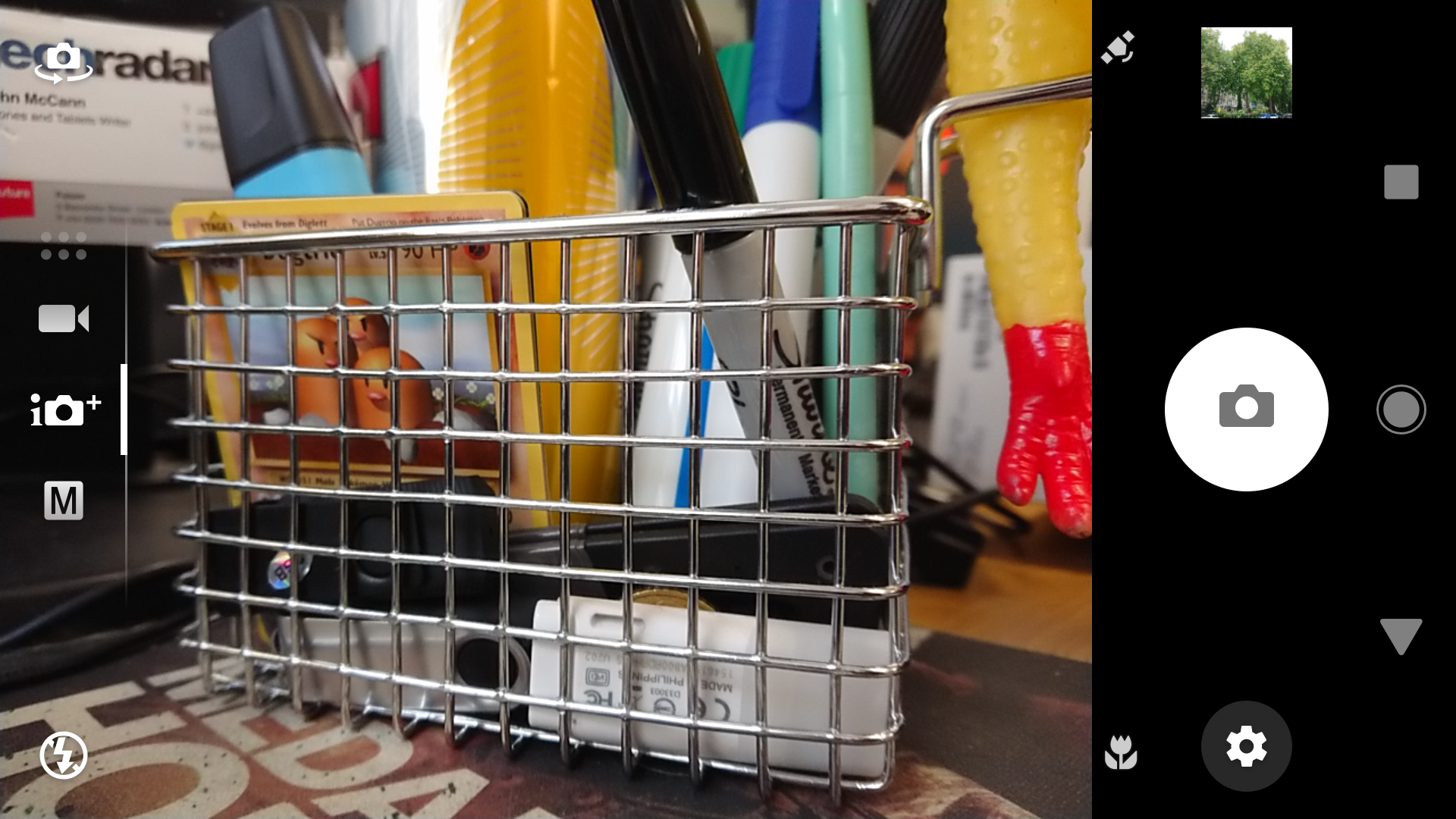
The second camera improvement sees Predictive Capture get a boost, with a smile-detection mode snapping three shots before you hit the shutter key, so that even if your finger misses the subject’s smile, there’s a good chance the XZ1 will have captured it.
For the most part this worked, although the fast autofocus on the XZ1 means you’re unlikely to really miss a smile, and people generally hold their smile for a few seconds allowing you to get a good snap, so this feature isn’t overly useful.
In general, the Sony Xperia XZ1 has a very capable camera, with plenty of features and modes for those who like to tweak their setup in manual mode, while Sony’s Intelligent Auto mode provides a simple enough point-and-shoot option for people who just want to take a quick snap.
Where the camera really falls down is in low light. We tried it out at a music concert, while the person next to us was using the new LG V30 – and it was the LG which shone. The Xperia XZ1 struggled to focus with the flashing lights and moving artists on stage, leading to several muddy, out-of-focus snaps.
We dived into manual mode to try and improve the quality of our snaps, but even tweaking brightness and white balance offered little to rival the phone next to us. The odd snap did come out okay, but it felt like luck rather than the camera performing consistently well.
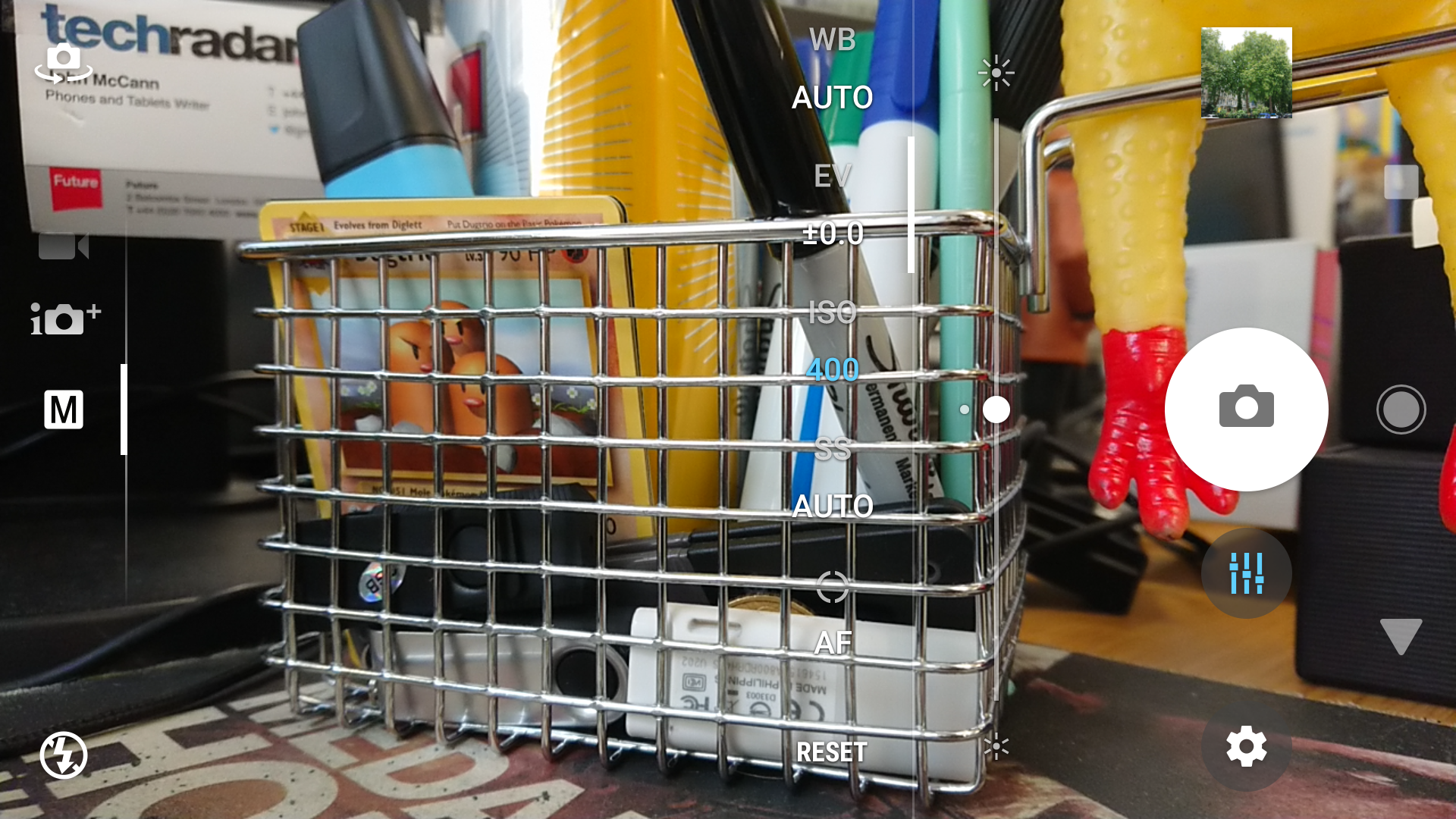
It’s not only the LG that’s superior in low light either, with Samsung’s Galaxy S8, S8 Plus and Note 8 all performing well in these conditions too – that's based on the tests we carried out when the Xperia XZ1 launched, and phone cameras have only got better since.
Back in the daylight though, the Xperia XZ1 has an excellent macro mode, allowing you to get up close with your subjects for detailed snaps.
In general, in good light the Xperia XZ1 produces high-quality pictures with a good level of detail, although the auto HDR (high dynamic range) mode, which should brighten up areas of shadow (and improve low-light shots…) doesn’t do a great job.
While the Sony Xperia XZ1’s camera is far from poor, it’s up against some excellent cameras at the top end of the smartphone market, and sadly it doesn’t quite make the grade against the competition.
Round the front there’s a 13MP, 22mm wide-angle camera for all your selfie, Snapchat and video-calling needs, providing good-quality snaps that will suit your social channels just fine. There’s also the option to use the screen as a flash to help brighten low-light selfies.
The Xperia XZ1 also features a dedicated camera key on the right side of the handset, giving you a two-step shutter for easier shooting, as well as a way to quick launch the camera app no matter where you are on the phone.
It does make snapping photos easier, especially selfies, as you’re not having to stretch your finger across the screen as you extend your arm and perfect your pout.
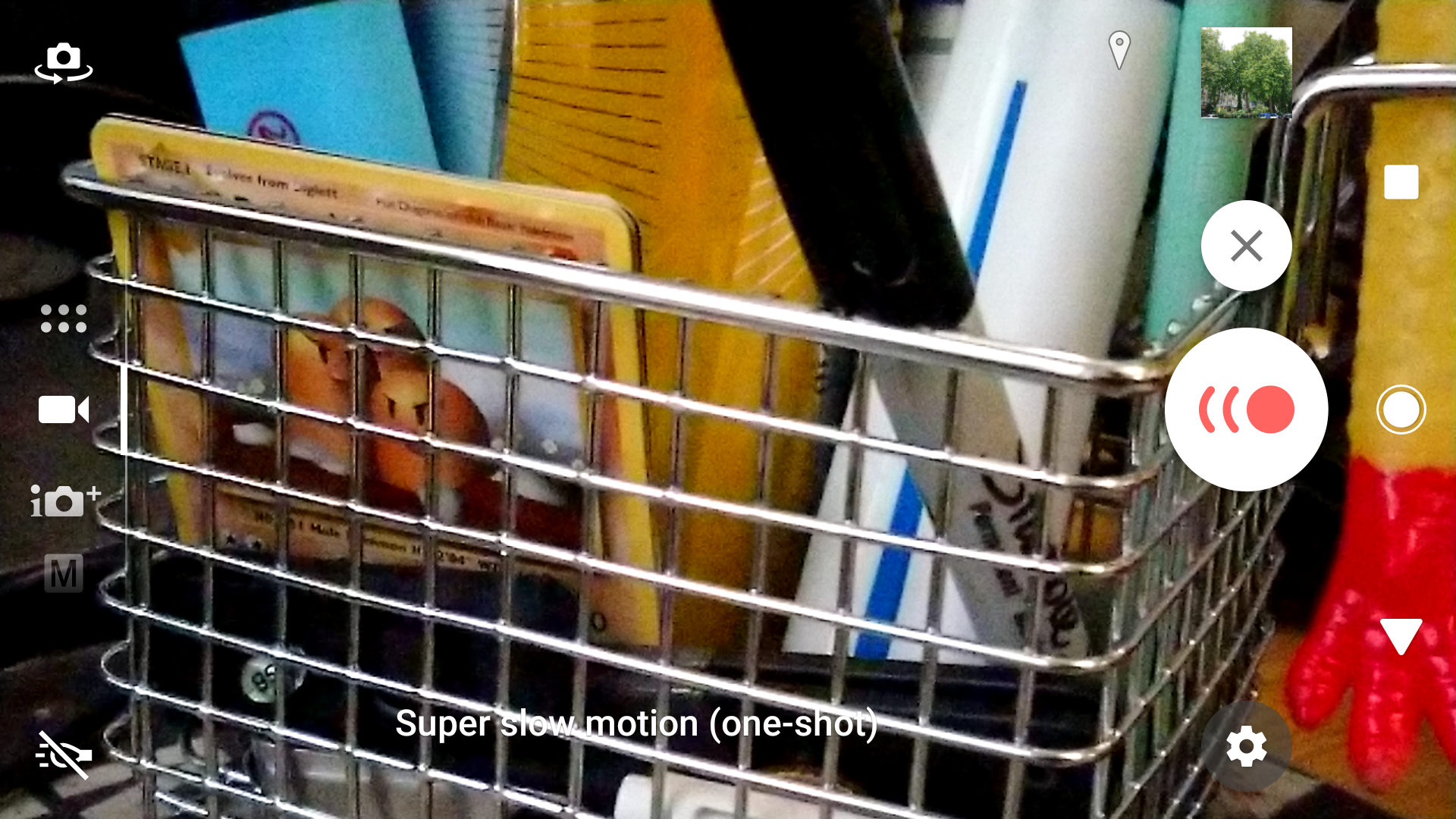
The camera party piece on the Xperia XZ1 is its ability to shoot 4K video, and also record super-slow-motion video at a staggering 960fps.
It’s exactly the same setup as on the Xperia XZ Premium, so head over to our full review of Sony’s 4K display-toting handset to find out how the system fares in more detail.
In short though, if you’re patient and time your shutter press correctly, the slow-motion footage the Xperia XZ1 is able to produce is seriously impressive.
The ability to record in 4K (at standard speed) is also a bonus – although because the XZ1 only has a Full HD display you’ll have to transfer footage to a different device to see it in all its glory.
Camera samples gallery










Current page: Battery life and camera
Prev Page Introduction, design and display Next Page Anything else I should know?
TechRadar's former Global Managing Editor, John has been a technology journalist for more than a decade, and over the years has built up a vast knowledge of the tech industry. He’s interviewed CEOs from some of the world’s biggest tech firms, visited their HQs, and appeared on live TV and radio, including Sky News, BBC News, BBC World News, Al Jazeera, LBC, and BBC Radio 4.
